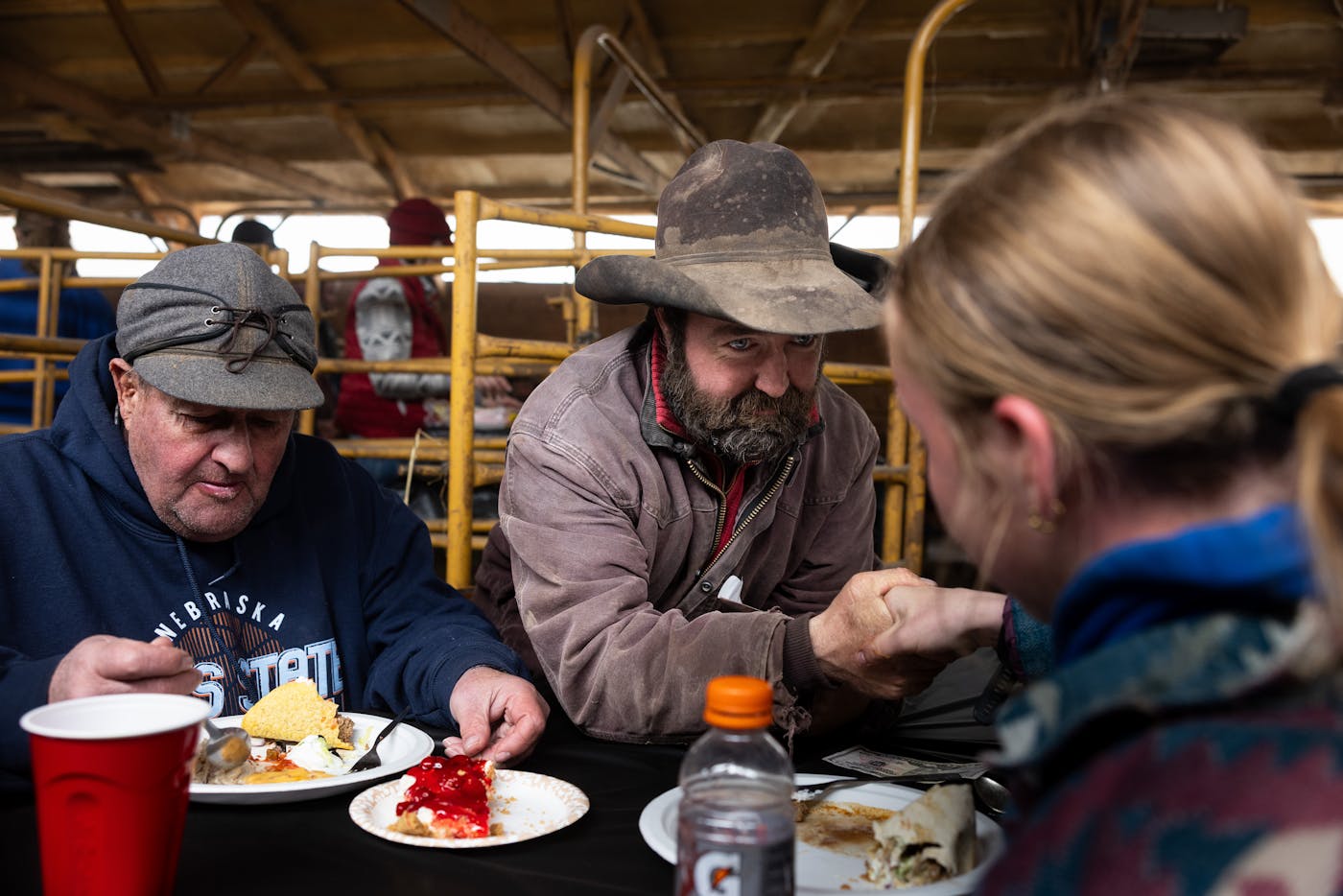On the Burdick Ranch, nestled in Nebraska’s Sandhills, spring cattle branding is an annual act of community. The sheer scale of gathering, roping, vaccinating, and marking 900 calves with the family brand requires the work of roughly 60 volunteers, primarily family members and other cattle ranchers from the area. But it also requires hired help: local high school wrestlers who are paid for the rough, dirty task of toppling the calves and pinning them to the ground to be branded.
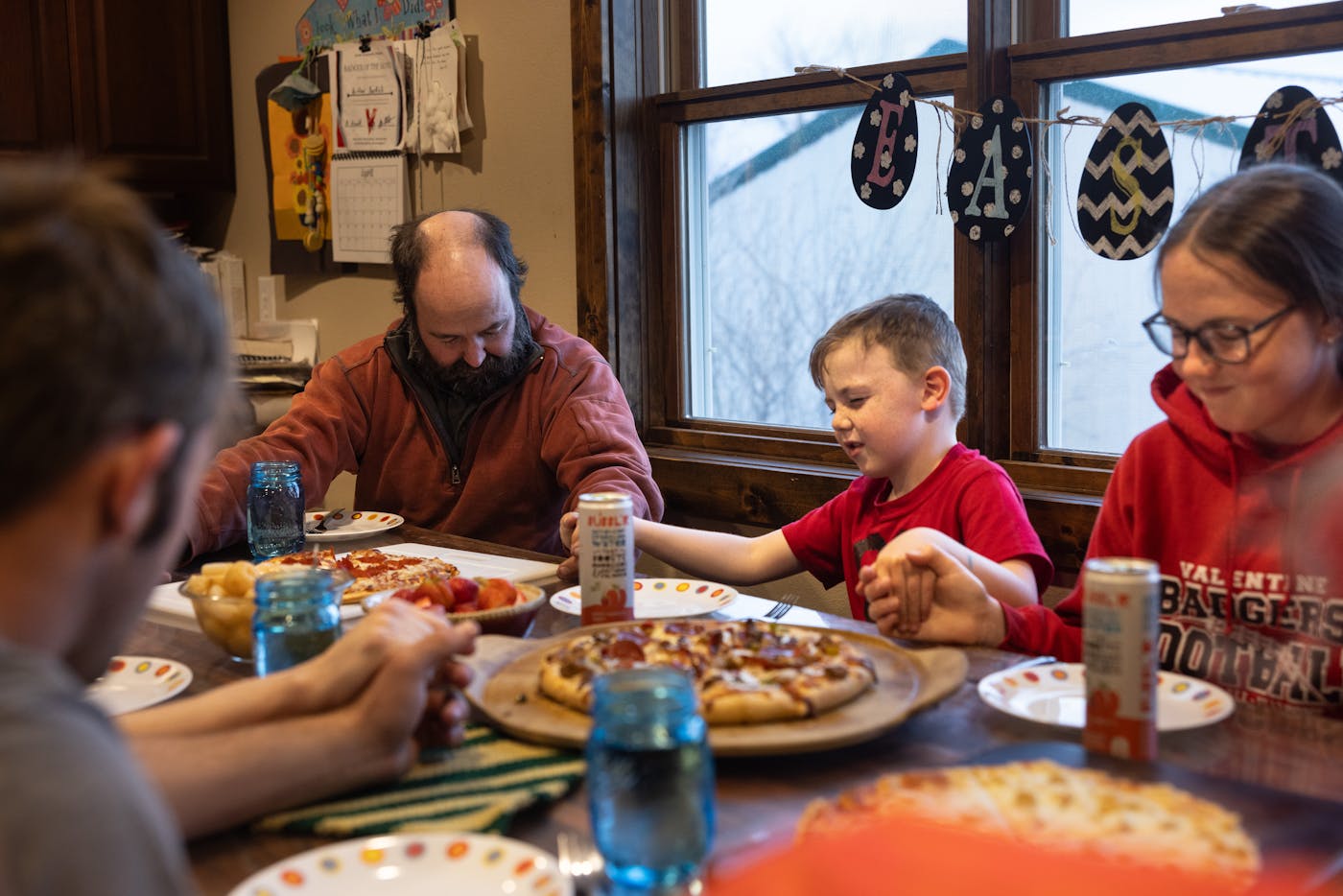
Byron Burdick, 41, who manages operations for his family’s midsize ranch, remembers a time when hiring help wasn’t necessary, before the steady departure of young people from Cherry County in pursuit of city jobs and opportunities. “When I was little, nobody paid anybody,” he recalled. Neighbors would bring their children to wrestle and hold the calves. “Now we don’t have the families.”
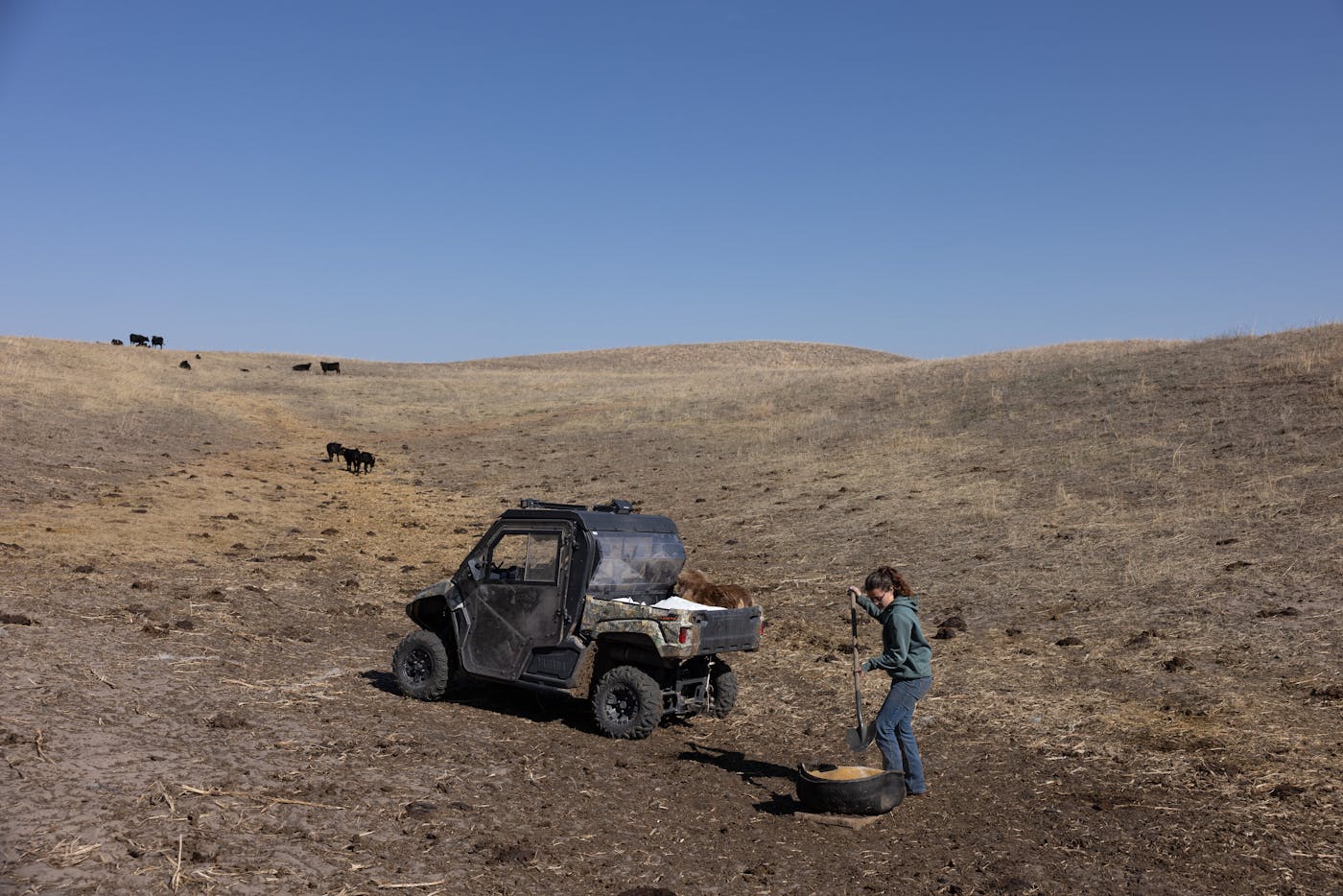
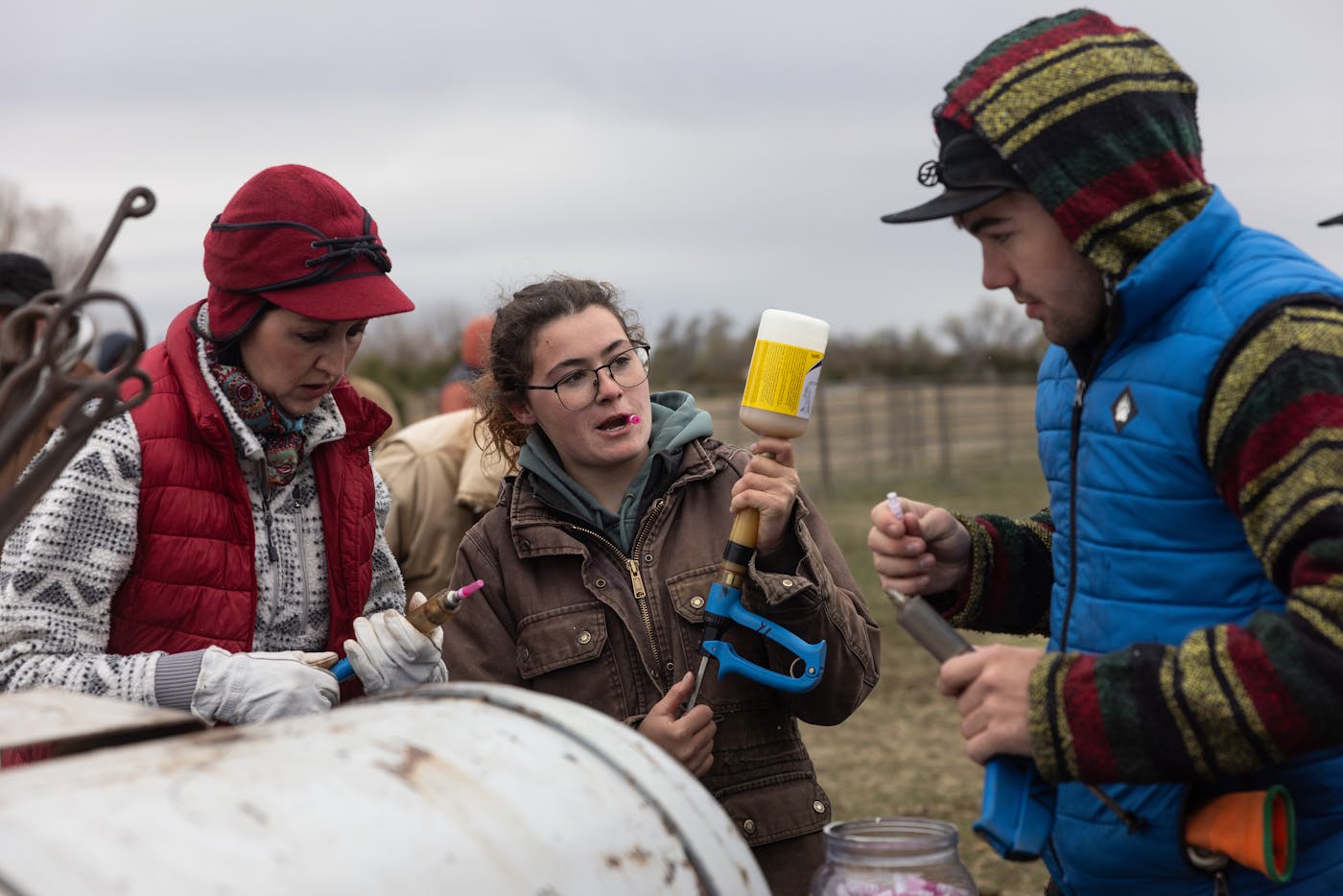
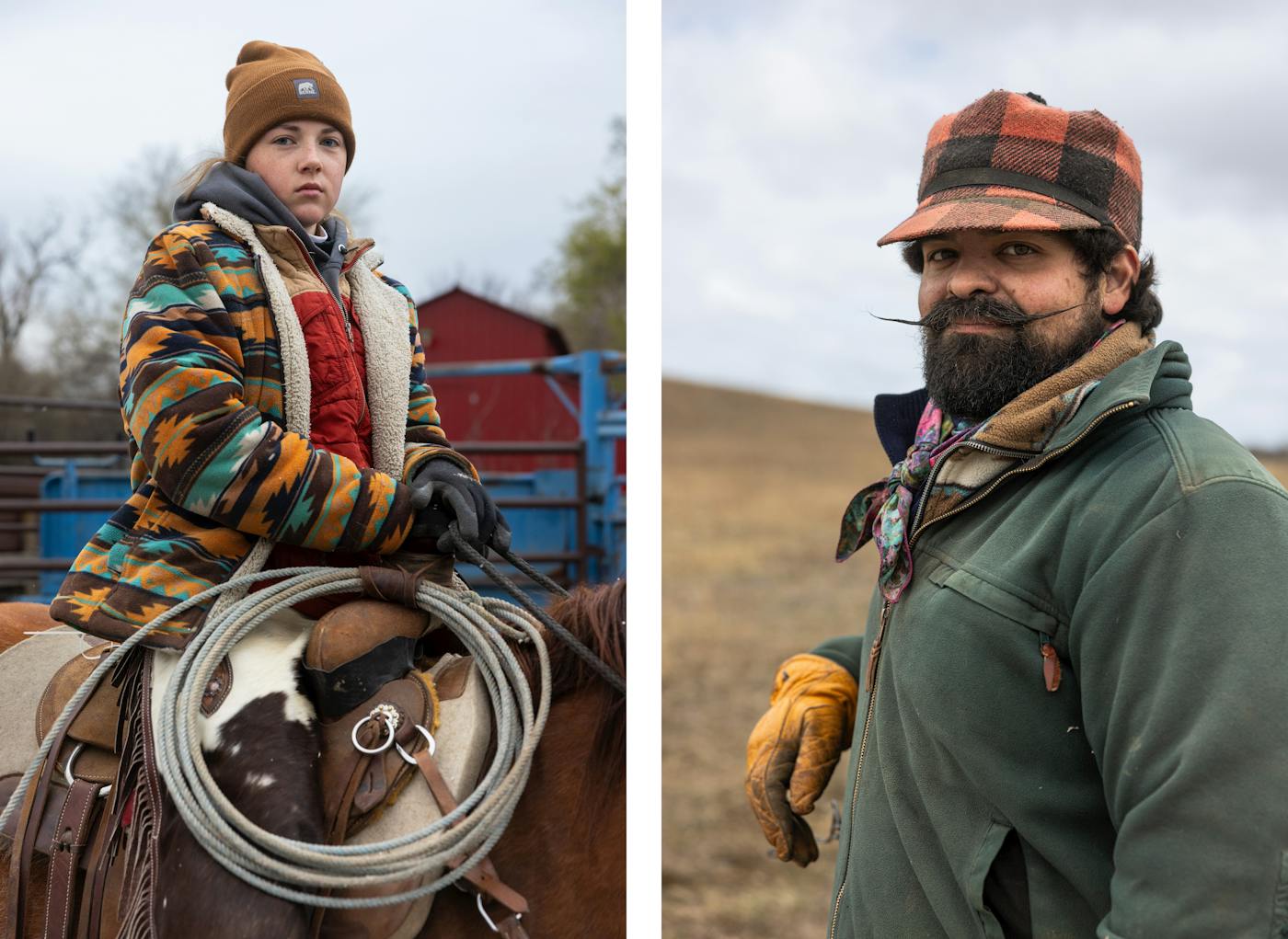
Branding season represents the year’s most significant expense for the Burdicks. The wages for the wrestlers, combined with the cost of the post-branding lunch, totals about $6,000—equivalent to the price of about four heifers.

Over the eight decades the Burdicks have worked this land, their Black Angus herd has steadily grown in number and physical size, a result of modern equipment and evolving agricultural practices. Yet profit margins remain slim. “We’re not going broke by any means, but we’re not getting rich. You have to love the lifestyle to continue doing it,” Burdick said.
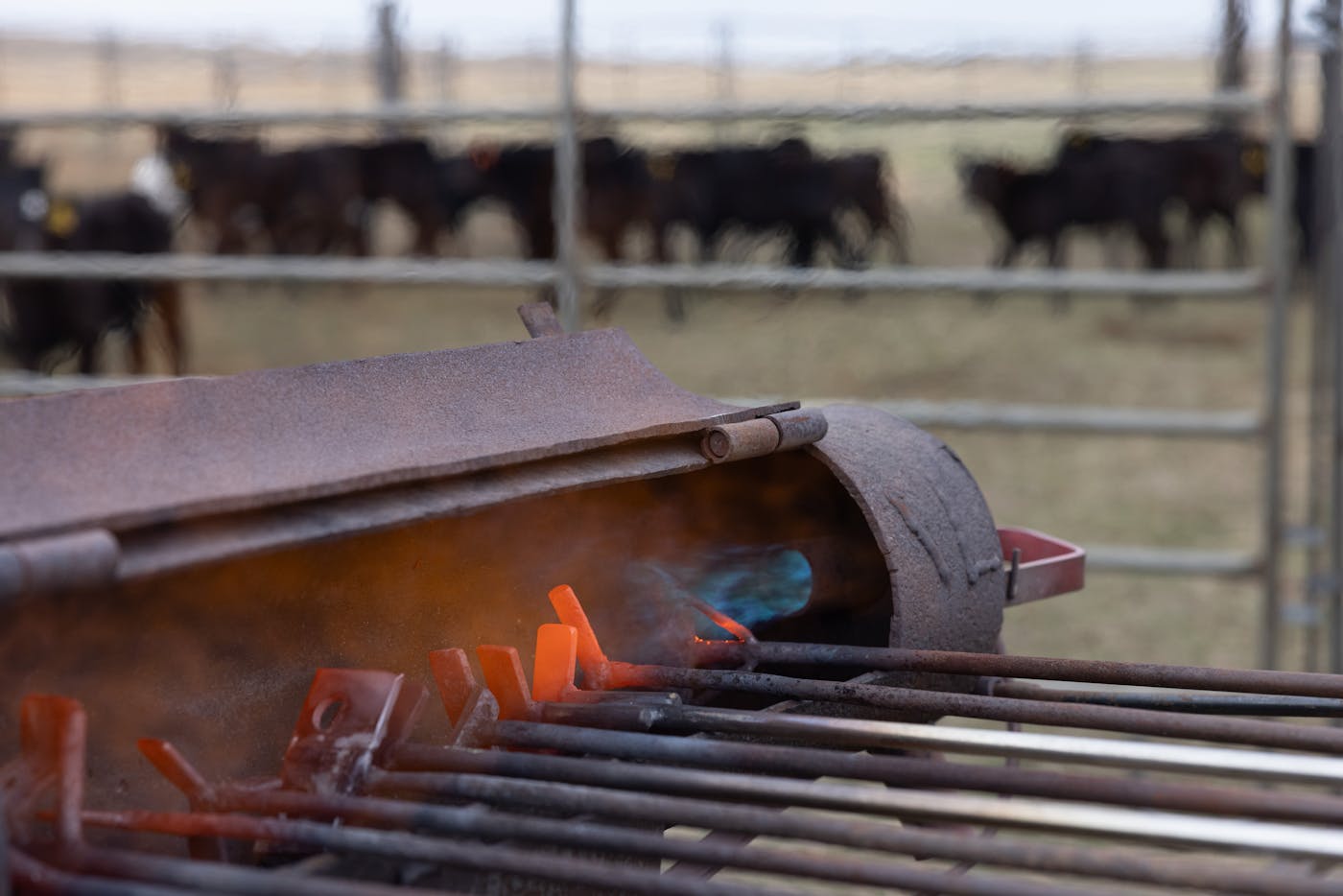
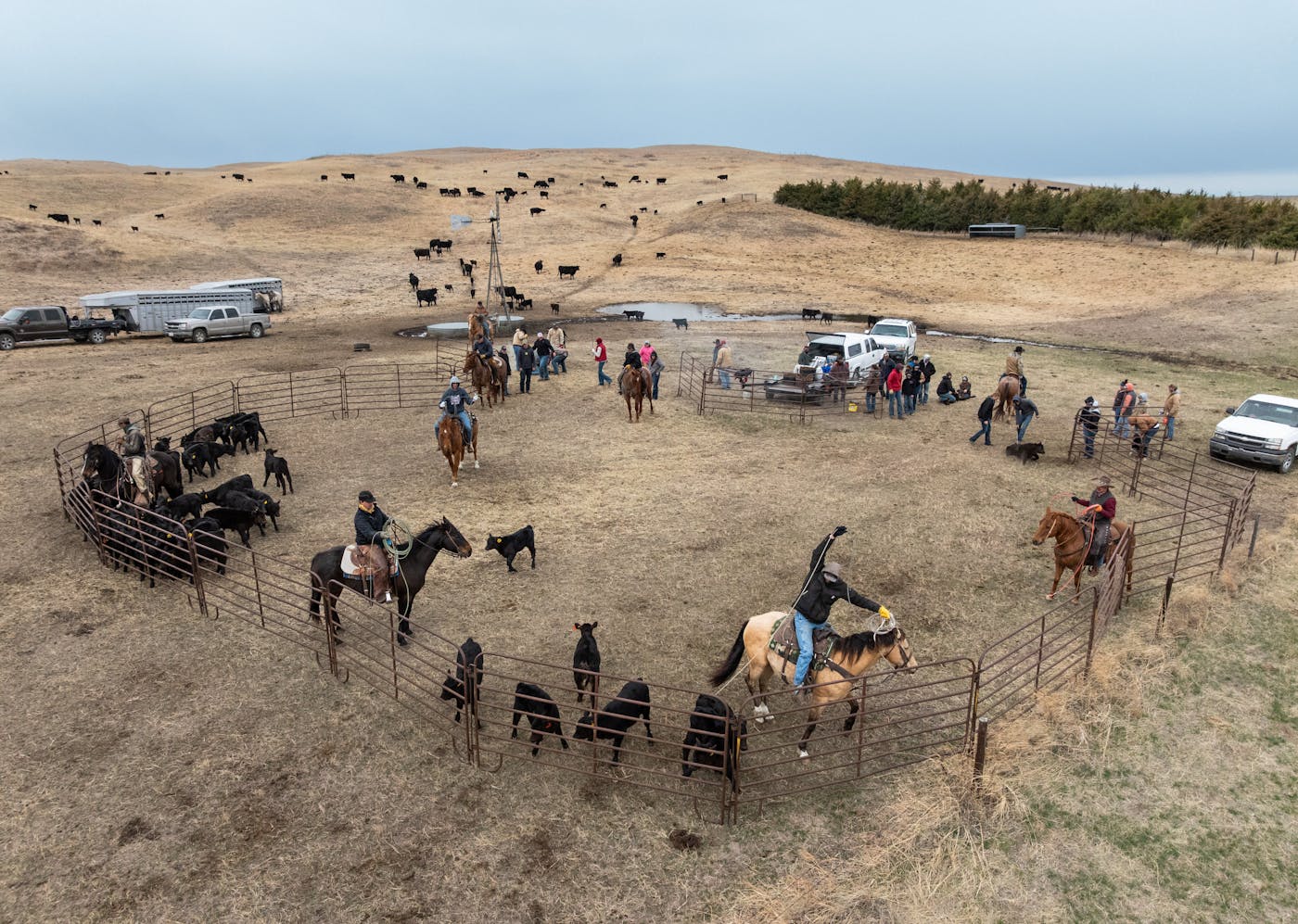
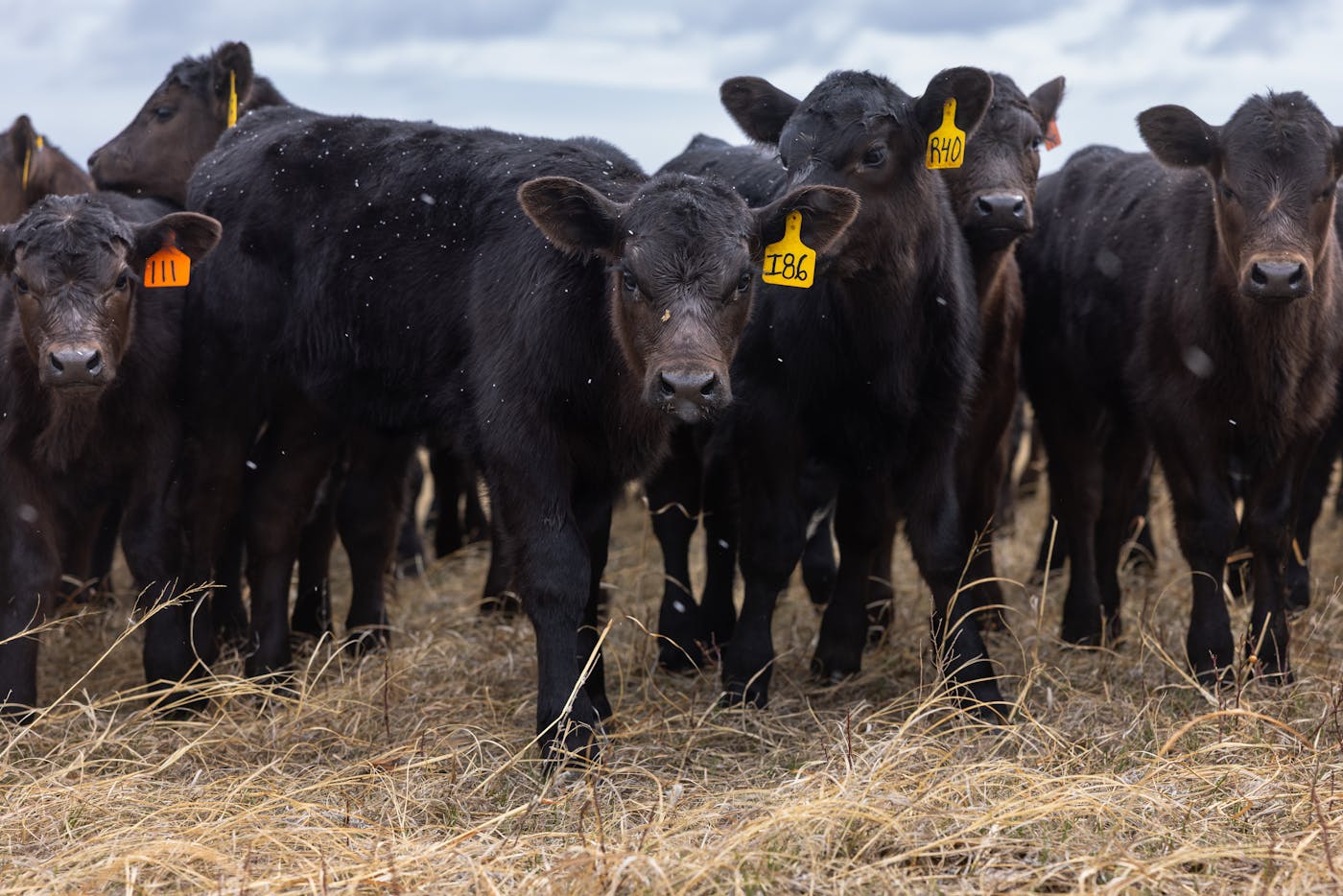
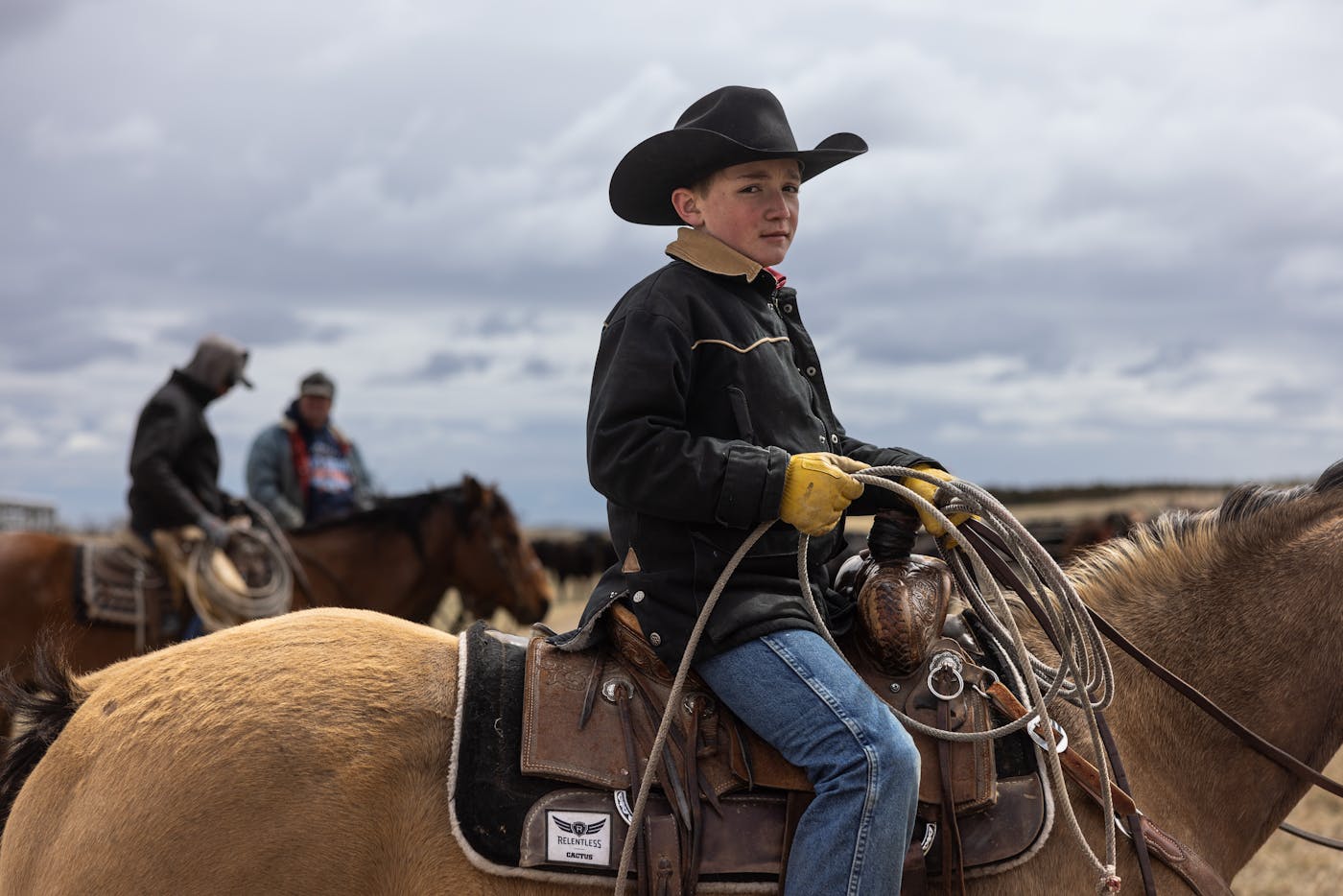
Burdick says he has seen increasing consumer demand for American-raised, grass-fed beef. And he hopes the Trump administration’s tariffs will mean consumers will be less likely to buy imported meat at the grocery store.

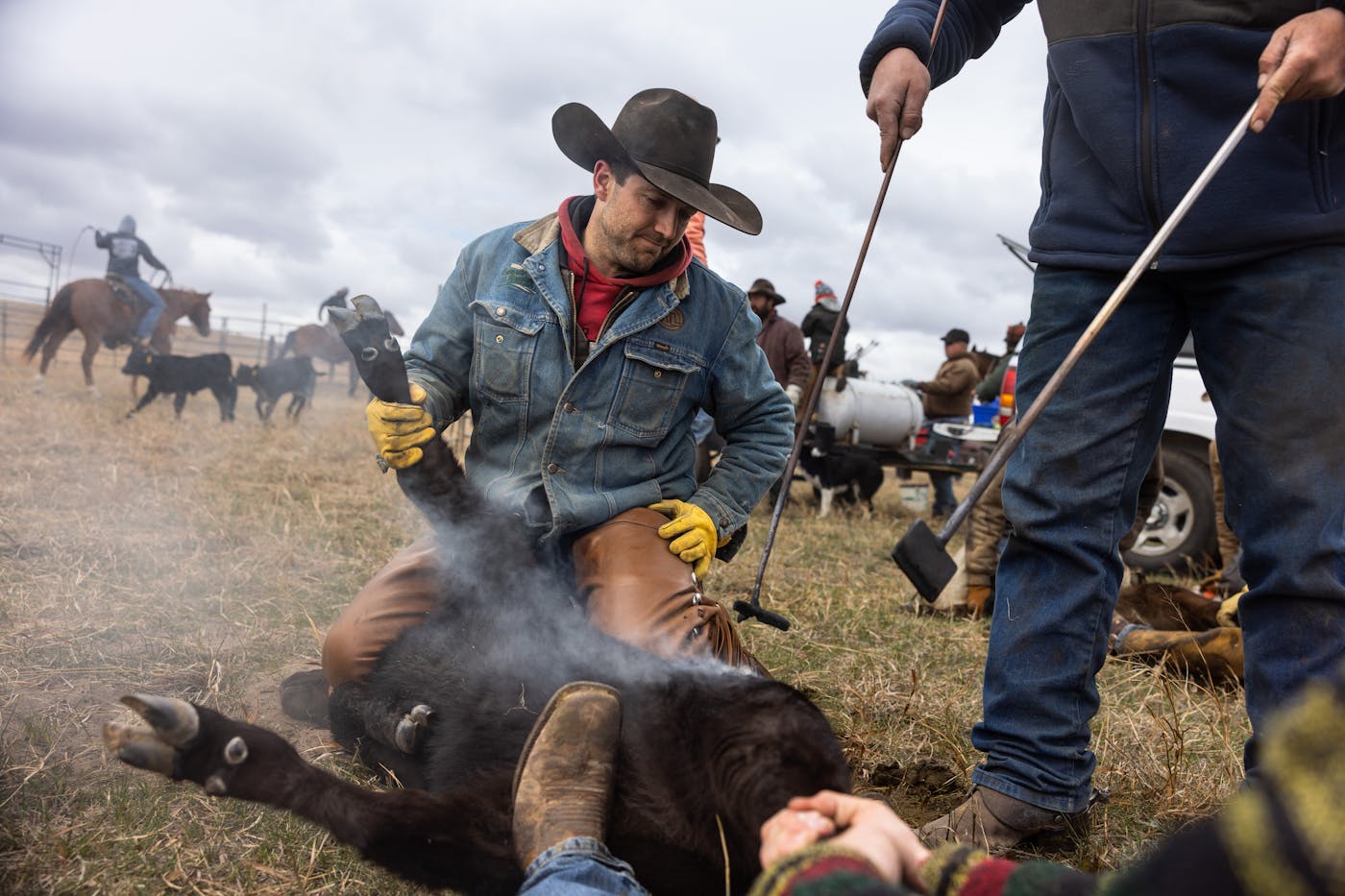
In the coming weeks and months, the Burdick family will load their horses into trailers and drive down gravel roads to the ranches of those same neighbors who offered their help. They will gather eight more times over the course of a year to rope and brand the calves of their peers, who are also, in a sense, their competitors.
